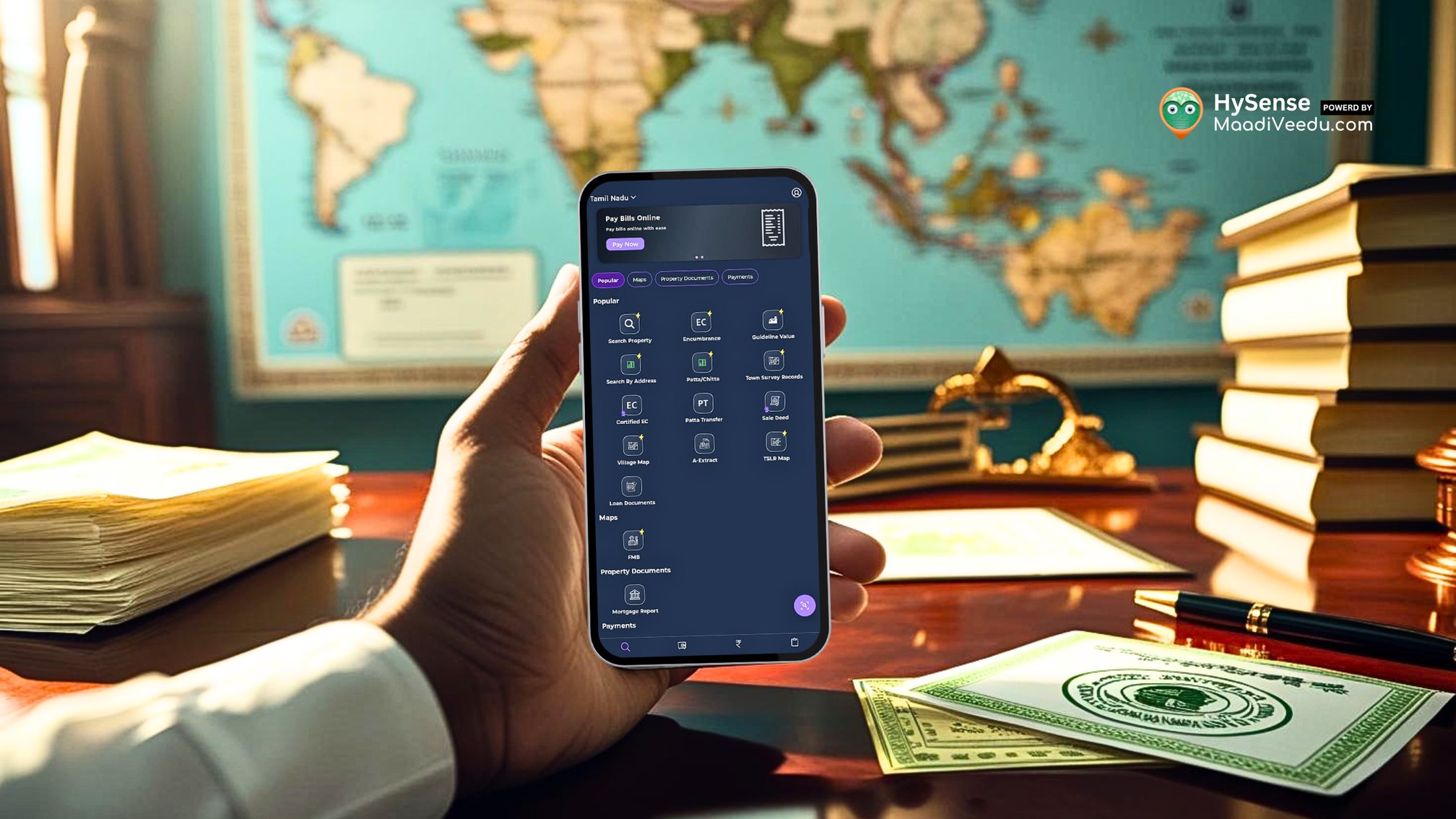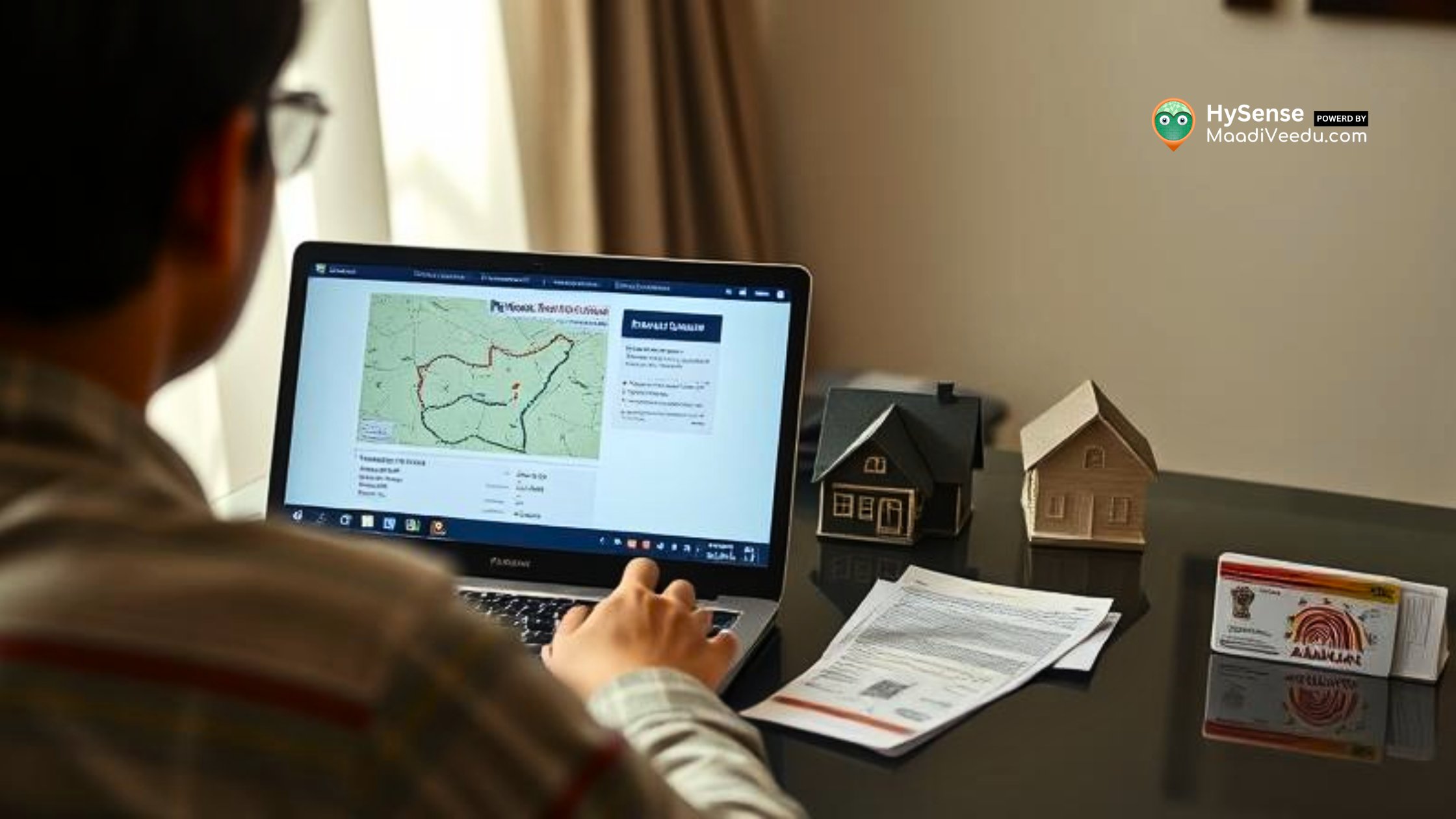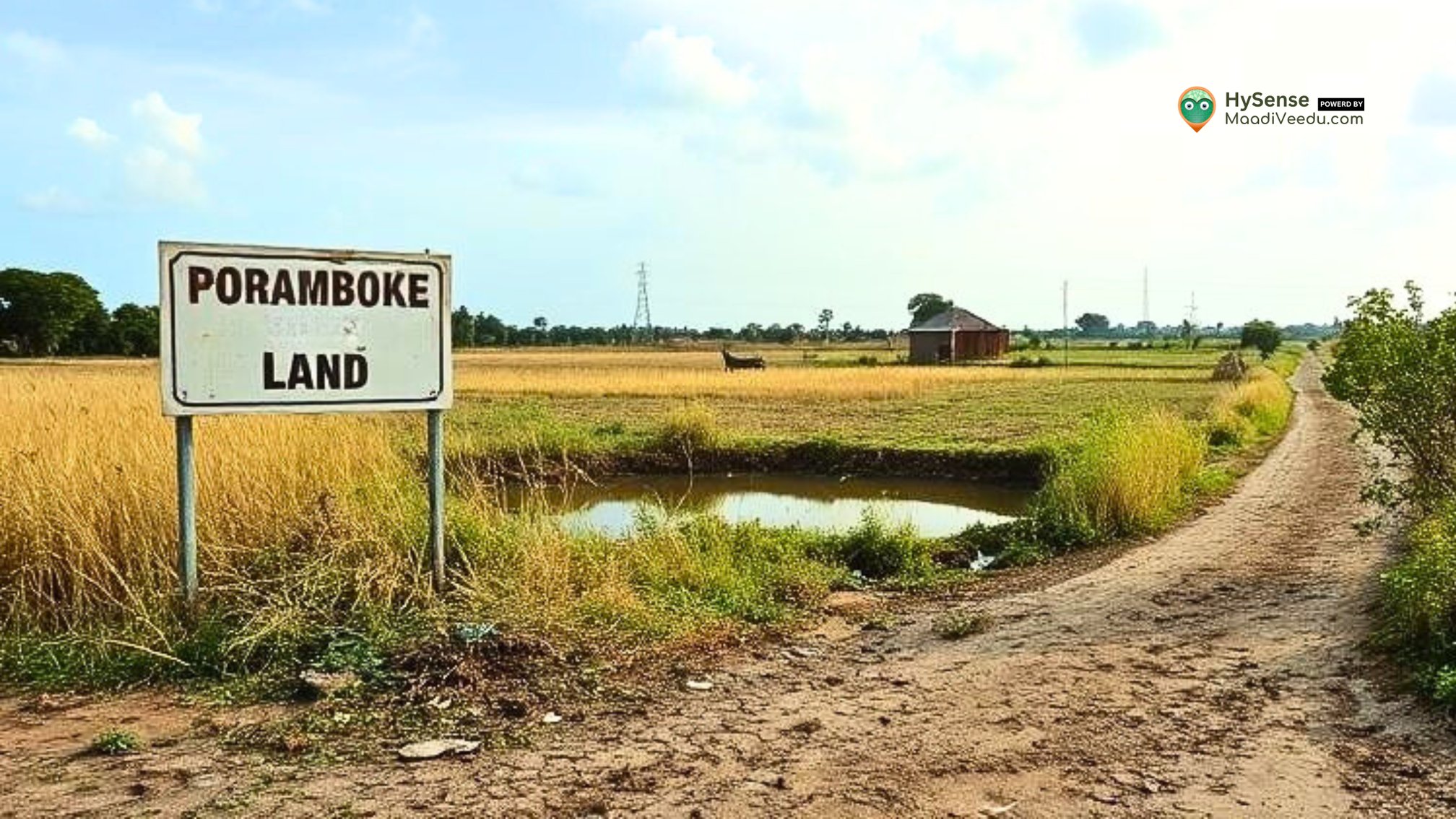Govt Subsidies & Tax Benefits 2025: Complete Guide for Real Estate Investors
Save tax on rented property in 2025. Know deductions, HRA benefits & latest tips for tenants and landlords to reduce tax burden.
Table of Contents
Did You Know? In 2024, over 65% of first-time home buyers in urban areas took advantage of some form of government subsidy or tax benefit, saving anywhere from ₹1.5 lakh to ₹6 lakh.
Now ask yourself this:
Are you missing out on government benefits that could cut your loan burden and boost your real estate returns?
Imagine this scenario:
A middle-class buyer with a ₹25 lakh home loan ends up saving more than ₹2.5 lakh over the loan period — just by using PMAY and tax deductions. And they didn't even need a chartered accountant to figure it out.
That’s the uncommon truth — real estate in 2025 isn't just about property value; it's about knowing the system.
What This Blog Will Help You Understand
- Government-backed schemes that reduce your real estate costs
- Legal tax deductions available for buyers and investors
- How to apply these benefits with real-life examples
- What smart investors are doing in 2025 to save money and grow wealth
Let’s first break down the top subsidies every investor and homebuyer should know.
Searching for a good 1BHK on rent? Verified listings with clear rent details, photos, and direct owner info are now available —Browse options here
Government Subsidies for Real Estate Investors
1. Pradhan Mantri Awas Yojana (PMAY) – Credit Linked Subsidy Scheme (CLSS)
What it offers:
PMAY provides a subsidy on home loan interest, making homes more affordable for first-time buyers across income categories.
Who’s eligible?
- First-time buyers from EWS (up to ₹3 lakh/year), LIG (₹3–6 lakh), MIG-I (₹6–12 lakh), and MIG-II (₹12–18 lakh)
- Must not own a pucca house in their name anywhere in the country
Real-World Example:
Ravi, earning ₹5 lakh annually, gets a home loan of ₹20 lakh. Under PMAY, he qualifies for 6.5% subsidy on ₹6 lakh loan, which reduces his EMI by over ₹2,000 monthly and saves him around ₹2.3 lakh across the loan tenure.
2. Affordable Rental Housing Complexes (ARHCs)
Who can benefit?
- Builders and private developers
- Industrial establishments, state government bodies, or NGOs
What’s in it for them?
- Tax deductions, reduced approval time, and funding access
- Encourages building affordable rental units for migrant workers, urban poor, and industrial labour
Example:
A Chennai-based developer converts unused factory quarters into rental housing. They receive fast-track approvals and deductions on rental income, improving long-term profits.
3. Real Estate Investment Trusts (REITs) – Government Support
Why it matters:
REITs are regulated investment vehicles for people who want to invest in commercial property without buying it outright.
Who should consider this?
- Individual investors with limited capital
- People looking for monthly income from rent-based portfolios
Use Case:
Ramesh invests ₹1 lakh in a REIT owning office parks. He receives dividend payouts from rental income and avoids any maintenance responsibilities.
Comparison Table – Government Subsidies in 2025
Tax Benefits for Real Estate Investors
Section 80C – Deduction on Principal Repayment
- Deduct up to ₹1.5 lakh per year on principal amount paid
- Applies to home loans from registered banks and NBFCs
Section 24(b) – Deduction on Home Loan Interest
- Deduct up to ₹2 lakh/year for self-occupied homes
- No limit for rented properties
- Must provide interest certificate from lender
Example:
Anita, who has let out her apartment in Coimbatore, pays ₹3 lakh as interest. She can claim the full amount under this section.
Section 80EE and 80EEA – Additional Deductions
Capital Gains Exemptions – Section 54 and 54EC
Section 54:
Sell one house and invest gains into another — avoid paying capital gains tax.
Section 54EC:
Invest up to ₹50 lakh in NHAI or REC bonds within 6 months — no capital gains tax.
Real-Life Example:
Mahesh sells his house in Coimbatore for ₹80 lakh. He buys a new one for ₹60 lakh and puts ₹20 lakh in 54EC bonds. His entire capital gain is exempt.
Tax Benefit Comparison Table
Before signing the rent agreement, make sure you're aware of the extra charges involved. Read also: Stamp Duty & Registration Charges for Rent in Bangalore – 2025
Other Financial Advantages in 2025
GST on Housing Projects
- 1% GST on affordable housing (under ₹45 lakh)
- 5% GST for non-affordable projects
- 0% GST on resale flats or ready-to-move-in homes
No Notional Rent on Second Property
Previously, owners had to pay tax on “imaginary” rent for a second home.
Now, two self-occupied houses are tax-free under notional rent rules.
Rental Income Deductions
- 30% standard deduction on rent
- Property tax paid can also be deducted
- Effective for second homes used as rental assets
Conclusion: Real Estate in 2025 is More Than Just Buying Property
From PMAY subsidies to REIT income, and deductions under multiple tax sections, the system now supports buyers and investors more than ever.
If you're smart, informed, and know where to look — you can save lakhs legally and grow your property portfolio strategically.
Explore More
For more such tips and real-world real estate strategies, visit: blog.maadiveedu.com
To browse property listings across cities: www.maadiveedu.com
FAQs – Your Questions Answered
1. Who can apply for PMAY benefits?
First-time buyers who do not own any pucca house and fall under EWS/LIG/MIG income groups.
2. Is there GST on resale properties?
No. Resale properties and ready-to-move flats attract no GST.
3. Can I claim both 80C and 24(b) in the same year?
Yes. Both sections are independent of each other and can be claimed together.
4. What happens if I sell a property within 3 years?
You may lose Section 80C benefits and face short-term capital gains tax.
5. How many homes can I own without paying notional rent?
Up to two self-occupied properties are exempt from notional rent tax.











